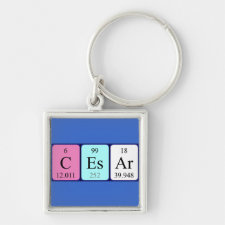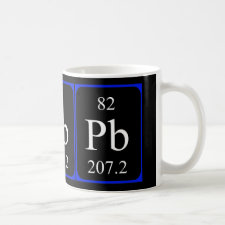
Authors: Basaglia AM, Corazza MZ, Segatelli MG, Tarley CRT
Article Title: Synthesis of Pb(II)-imprinted poly(methacrylic acid) polymeric particles loaded with 1-(2-pyridylazo)-2-naphthol (PAN) for micro-solid phase preconcentration of Pb2+ on-line coupled to flame atomic absorption spectrometry.
Publication date: 2017
Journal: RSC Advances
Volume: 7
Issue: (52)
Page numbers: 33001-33011.
DOI: 10.1039/C7RA02964K
Abstract: In the present study, a new ion-selective imprinted polymer based on poly(methacrylic acid) loaded with 1-(2-pyridylazo)-2-naphthol (PAN) (IIP/PAN) has been synthesized, characterized and evaluated as a solid adsorbent for the preconcentration of Pb2+ with on-line determination by Flame Atomic Absorption Spectrometry (FAAS). For comparative study, a blank polymer (NIP) and IIP (imprinted polymer) without PAN were synthesized. The polymers were characterized by FT-IR and textural data through nitrogen adsorption/desorption measurements. Selectivity studies were performed by comparing the competitive adsorption of Pb2+ with Cu2+, Cd2+, Ni2+, Co2+ and Zn2+ on IIPs and NIP, yielding relative selectivity coefficients (k[prime or minute]) higher for IIP/PAN than for IIP and NIP, which confirms the effect of PAN on the improvement of selective performance of IIP. Adsorption kinetic studies showed that the equilibrium adsorption of Pb2+ was reached at 100 min for the three polymers and its data were well described by pseudo-second-order and Elovich models. The maximum adsorption capacities (MAC) were found to be 41.4 mg g-1 for IIP/PAN, 34.2 mg g-1 for IIP and 30.1 mg g-1 for NIP. The proposed on-line preconcentration method was based on loading 20.0 mL of Pb(II) solution (pH 5.70 buffered with 0.048 mol L-1 acetate buffer) through 30 mg of IIP/PAN packed into a minicolumn at 4.0 mL min-1 flow rate with further elution using 1.0 mol L-1 HCl solution. The limits of detection (LOD) and quantification (LOQ) were found to be 0.52 and 1.79 μg L-1, respectively, and linearity was from 1.75 to 200.0 μg L-1 (r = 0.989). The precision of the method assessed in terms of repeatability was found to be 4.1 and 1.9% for 10.0 and 150.0 μg L-1 Pb(II) solutions, respectively. The developed method was successfully applied to different kinds of samples (water, synthetic seawater, serum physiological solution, chocolate powder and Gingko biloba) and its accuracy was assessed by means of recovery tests and analysis of a certified reference material (MESS-3, marine sediment)
Template and target information: lead ion, Pb(II)



Join the Society for Molecular Imprinting

New items RSS feed
Sign-up for e-mail updates:
Choose between receiving an occasional newsletter or more frequent e-mail alerts.
Click here to go to the sign-up page.
Is your name elemental or peptidic? Enter your name and find out by clicking either of the buttons below!
Other products you may like:
 MIPdatabase
MIPdatabase









